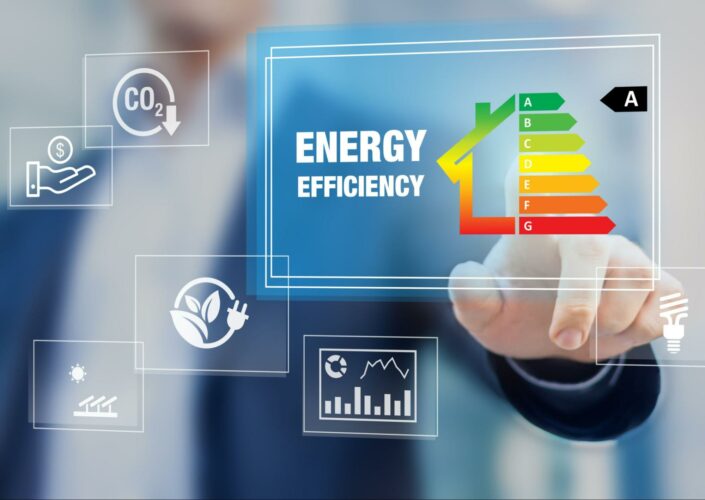Now more than ever, United States fast food workers are making their voices heard about sub-par standards in the workplace. Consider this Buzzfeed account chronicling the departure of thousands of employees from the fast food industry. And take into account the sobering statistics: Since November 2021, at least 6 percent of “accommodation and food services” workers have left their jobs on a monthly basis — the highest number of any sector according to the U.S. Bureau of Labor Statistics
These departures are considered to be well in line with the Great Resignation, a movement that hit the U.S. labor market with force last fall. In November of 2021, the “quitting rate” reached a 20-year high. And fast food workers still aren’t coming back — it’s a sign that they are no longer willing to put up with the widespread low pay and lack of benefits that have plagued the industry for years.
But it’s not just about the money. Poor working conditions and long hours are also taking their toll on employees. A study by researchers at the University of Illinois found that more than 60 percent of fast food workers experience “high work-family conflict.” This means they have trouble balancing their responsibilities at work with their responsibilities at home, which can lead to feelings of stress and anxiety.
The evidence paints a picture of long hours, overworked staffers, poor temperature regulation, and insufficient breaks. But it’s not all doom and gloom — there are many things that fast food franchises can do to improve the lives of their employees. One way is by implementing demand response programs, which can help manage energy usage and costs.
Demand Response and Energy Efficiency to the Rescue
So how can fast food restaurant franchises use demand response, energy efficiency, and automation to save money and improve the lives of their employees?
What Is Demand Response?
Innogy SE, a German energy company, defines demand response as “a set of techniques used to change the demand for electricity by consumers in order to reduce strain on the electric grid or respond to changes in the price of electricity.”
In other words, it’s a way of managing energy demand so that it doesn’t exceed the capacity of the power supply. This is accomplished by either reducing consumption during peak demand periods or by shifting it to off-peak periods.
Demand response programs are typically divided into two categories: residential and commercial. Commercial demand response programs are designed for businesses, including fast food restaurants, that use a lot of energy. These programs usually involve some sort of financial incentive, such as a rebate, to encourage businesses to reduce their energy usage during peak demand periods.
In the case of fast food franchises, demand response programs can be used to manage energy consumption in two ways: by reducing the number of customers served during peak demand periods or by reducing the amount of energy used per customer.
For example, a fast food restaurant could reduce the number of customers served during lunchtime by offering a discount for orders placed after 1:00 PM. Or, it could reduce the amount of energy used per customer by turning off lights in the dining area or reducing the number of fryers in use.
Both of these approaches have the potential to save fast food franchises money on their energy bills. But they also have the potential to improve working conditions for employees — by a large margin.
Reducing the number of customers served during peak demand periods can help to ease the pressure on employees who are working during these times. And reducing the amount of energy used per customer can help to improve indoor temperature conditions, which can be a problem in fast food restaurants.
How Can Fast Food Franchises Harness Energy Efficiency?
In addition to demand response, fast food franchises can also use energy efficiency and automation to save money and improve working conditions for employees.
Energy efficiency is a broad term that means using less energy to accomplish the same task. For example, a fast food restaurant could use energy-efficient lighting fixtures or appliances.
Automation is the use of technology to automate tasks that are typically done by human employees. A fast food restaurant could use an automatic fryer that cooks french fries without the need for constant monitoring by an employee.
Both of these approaches can help to save fast food franchises money on their energy bills. And they can also help to improve working conditions for employees by reducing the amount of time they need to spend on tasks that can be automated.
How GSE Can Reduce Your Risks and Costs (While Improving Worker Lives)
It’s clear that the status quo no longer holds weight in the fast food industry. GSE’s extensive experience with helping franchisees to implement demand response, energy efficiency, and automation processes is more relevant than ever. Here is just a sampling of how we can help:
- Regulation and control of air conditioning units
- Regulation and control of walk-in freezers and coolers
- Regulation and control of exterior lighting
- Temperature monitoring
- Building management
- Energy management
- Tracking of kitchen equipment usage
- Refrigeration monitoring and control
These measures improve food safety AND worker safety. They also increase longevity and efficiency of restaurant equipment and other assets. And finally, they save you a great deal of money.
“Franchise owners can’t have their eyes everywhere. They want to see steady, smart maintenance across the board, which will lower their costs overall,” says GSE VP Of Business Development & Founding Partner Jose Cheikka. “It will also guarantee quality of service, and we know how important that is to our clients.”
Contact GSE to learn more about our services and how we can optimize your fast food operations today.





